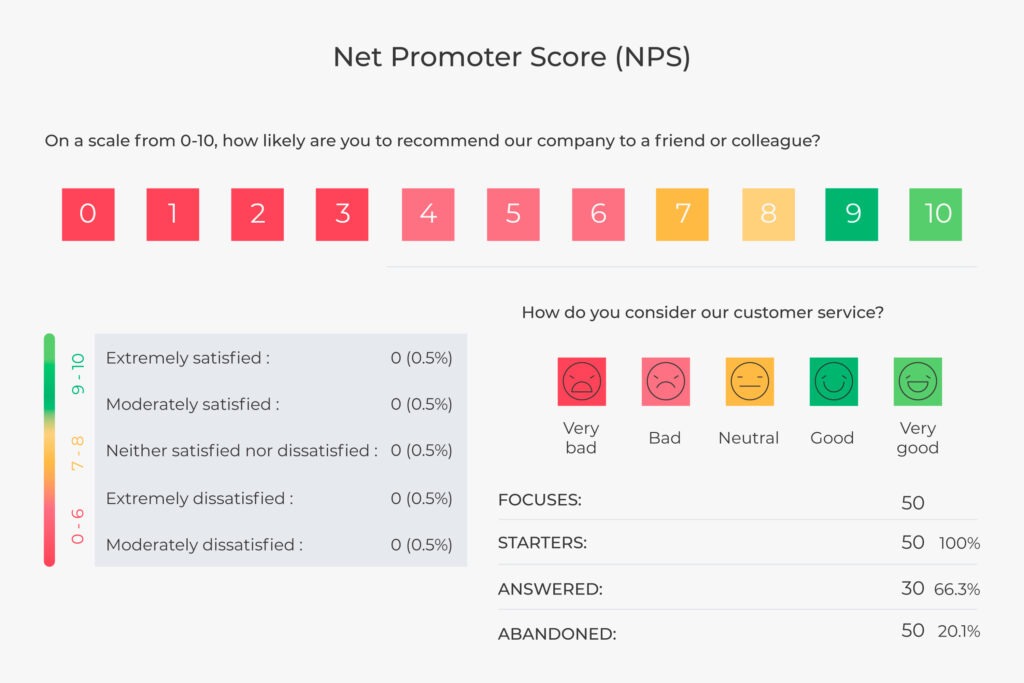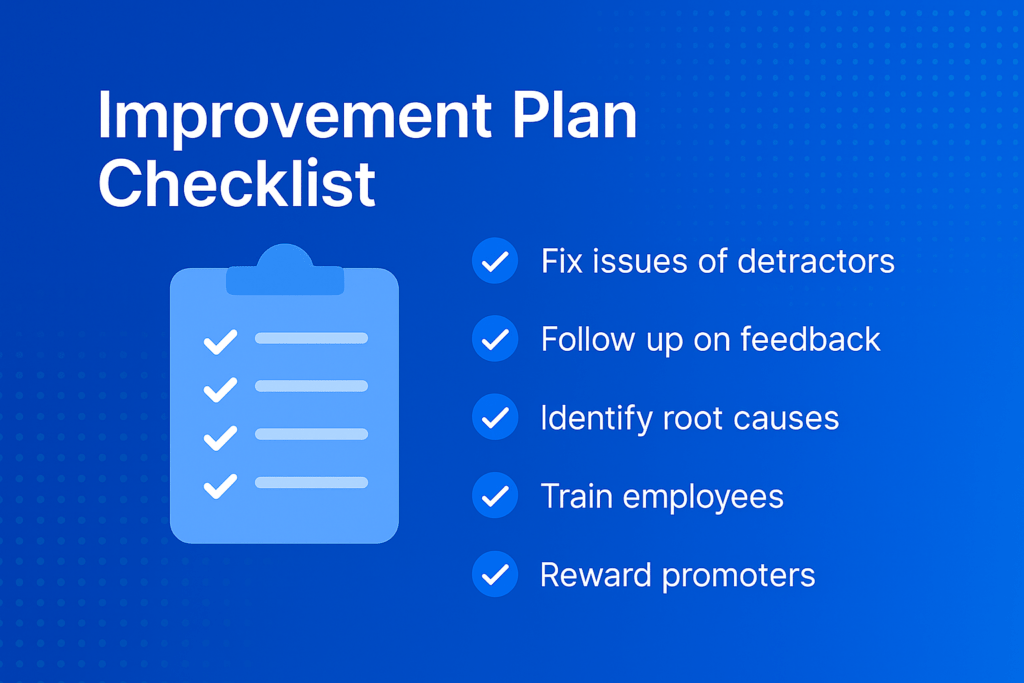Net Promoter Score (NPS) with an 11-point scale gives users a broader, more precise way to share their experiences. Unlike the outdated 5-star rating systems, the 11-point NPS scale enables richer insights, reducing biases and increasing feedback clarity.

It’s not just about collecting feedback — it’s about collecting actionable feedback. Here’s why migrating to the 11-point scale is a smart move.
1. The Much-Needed Depth
The 11-point scale offers more granularity in responses. It helps users articulate subtle differences in their experiences — something the 5-point scale fails to capture. This depth translates into more useful insights for businesses, giving a fuller picture of user sentiment.
2. Sharper Insight in Less Time
The broader range of responses spreads feedback evenly, making patterns easier to detect. On the 11-point scale, a one-point change equals 9% movement, compared to 20% on the 5-point scale — a huge difference when analyzing large datasets.
For management, this means faster identification of pain points and quicker decisions.
3. Zero Matters
Scoring a zero is not just a number — it’s a clear signal of user distress. The option to choose “0” allows users to openly express deep dissatisfaction, prompting your team to immediately close the loop and engage.
4. Score 9 = Promoter
Not every promoter gives you a perfect 10. Many loyal customers may score a 9 out of habit or modesty, and they are just as valuable. The 5-point scale can’t capture this nuance, often placing such users in the “neutral” bucket.
5. The 5-Point Scale Creates a Downward Bias
Research by Matrix CX shows that when responses are converted from 5-point to 11-point NPS, there’s a noticeable upward shift. Promoters decrease, and passives/detractors increase in the 5-point version, skewing your metrics downward unfairly.
6. The Magic of Score 6
In the 11-point scale, a rating of 6 and below indicates dissatisfaction. This distinction helps companies recognize early signs of customer churn. The 5-point scale lumps poor and average together, hiding valuable insights.
Conclusion:
The 11-point NPS scale is more expressive, detailed, and actionable. It empowers organizations to read feedback faster and more effectively.
Zykrr’s patented, mobile-friendly NPS layout solves the screen-fit problem, allowing seamless experiences without compromising the power of 11-point analysis.

Note:
NPS®, Net Promoter®, and Net Promoter Score® are registered trademarks of Satmetrix Systems, Inc., Bain & Company, and Fred Reichheld
Ready to make every feedback count? Discover how Zykrr’s intelligent NPS tools help you drive action from every response.
Frequently
Asked Questions
-
Why is the 11-point NPS scale better than the 5-point scale?
A broader scale like 11-point gives users more options to express subtle differences in satisfaction, which leads to more actionable insights.
-
Can I use the 11-point scale in mobile surveys?
Yes, with Zykrr’s patented design, the 11-point scale fits seamlessly on mobile screens without affecting usability.
-
Is score 9 on the NPS scale considered a promoter?
Yes. While 10 indicates perfect satisfaction, a 9 also reflects strong loyalty and a positive experience.
-
Does a lower score on the 5-point scale always mean dissatisfaction?
Not necessarily. The limited range often forces mixed feedback into neutral scores, which reduces clarity.





















